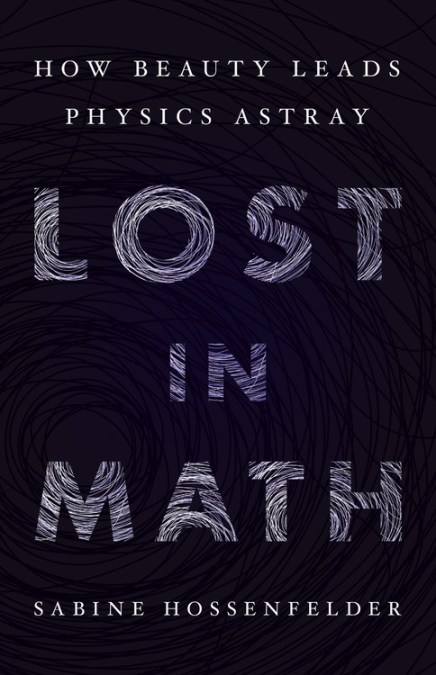
Sabine Hossenfelder, author of Lost in Math: How Beauty Leads Physics Astray, topic
The many world interpretation, now, supposedly does away with the problem of the quantum measurement and it does this by just saying there isn’t such a thing as wavefunction collapse. Instead, many worlds people say, every time you make a measurement, the universe splits into several parallel worlds, one for each possible measurement outcome. This universe splitting is also sometimes called branching.
Some people have a problem with the branching because it’s not clear just exactly when or where it should take place, but I do not think this is a serious problem, it’s just a matter of definition. No, the real problem is that after throwing out the measurement postulate, the many worlds interpretation needs another assumption, that brings the measurement problem back.
The reason is this. In the many worlds interpretation, if you set up a detector for a measurement, then the detector will also split into several universes. Therefore, if you just ask “what will the detector measure”, then the answer is “The detector will measure anything that’s possible with probability 1.”
This, of course, is not what we observe. We observe only one measurement outcome.
Sabine Hossenfelder, “The Trouble with Many Worlds” at BackRe(Action)
They end up with all the same problems in this universe plus infinite universes as well. But some may want that.
See also: Sabine Hossenfelder Summarizes Multiverse Theories, Asks: Science Or Fiction?
and
Sabine Hossenfelder: The multiverse is a fringe idea
Follow UD News at Twitter!